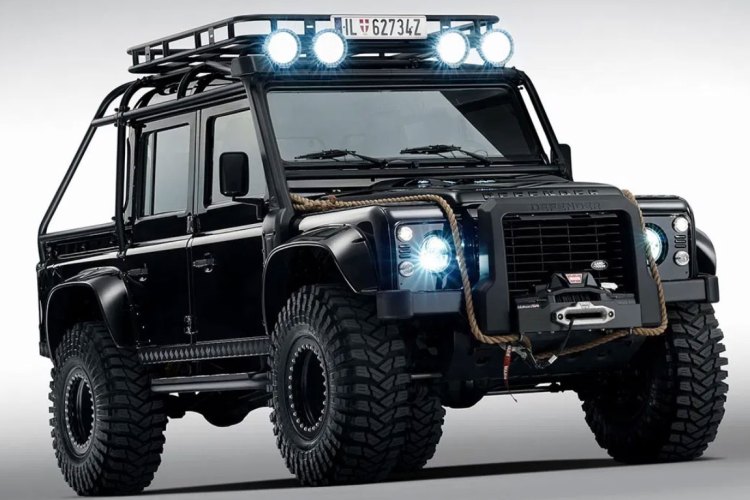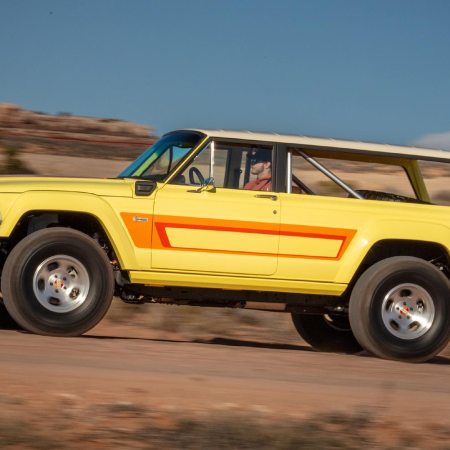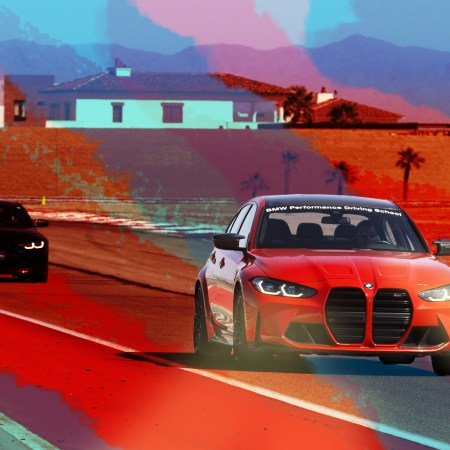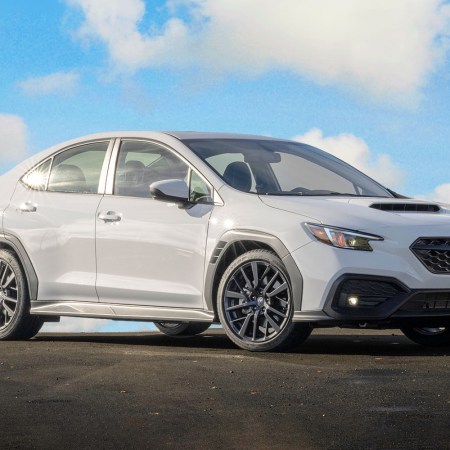A couple of major carmakers announced plans to deep-six some of their poorer selling cars.
Dodge Dart, Chrysler 200, Hyundai Azera.
No one will shed a tear.
But we’ll soak our hankies and sing a dirge over the passing of an icon, the Land Rover Defender. Contrary to the posh but capable Land Rovers American celebrities drive to Michelin Star restaurants and hair salons, the Defender is so beloved because it’s a bastion of resilience and no-frills utility. And after nearly seven decades of continuous production and over 2 million units made, the final one rolled off the line at the factory in Solihull, England today. It’s truly the end of an era.
The storied Defender emerged from the original Land Rover Series I, born in the same factory where it all just ended. More from post-war need for something durable, rugged and capacious than any requirement by the rich and famous to tote around their leather luggage and pink-bowed Yorkies, the Series I’s shape and construction was dictated by a dearth of materials, rather than out of a wealth of them. The shortage of usable steel after the war, as well as the lack of tools meant that the iconic Land Rover would have to be made out of aluminum.
The recipe was simple. Slab sided, simple but bombproof chassis, four wheel drive. Inspired by the Jeep Willys, the Land Rover Series vehicles adopted a boxy style because the lack of proper shaping tools prevented making the body with more curves than were workable by the builders. To boot, the interior of the Series vehicles were about as Spartan as a cabin could get. Exposed metal, floor-mounted shifters and rear inward facing jump seats were the order of things.
The modern incarnation of the Land Rover
But all of this led to the Land Rover Series iconic status – they were like wheeled mountain goats, capable of traversing just about any terrain without a hiccup. Plus, they took on dirt, water and all manner of punishment that would shrink the ball joints in any other vehicle. The bodies resisted corrosion, and the mechanicals could be easily repaired due to the simplicity of design. It became the darling of emergency services and relief organizations all over the globe, and British royalty adored the Land Rover for not just its abilities on and off road but also for the swelling British pride in having created a legend.
The Defender name, though not original, cemented the Land Rover’s reputation in 1990. Defenders stood out from the rest of Land Rover’s model line because it was no-nonsense. Even with small changes over the years to make it more “luxurious,” it remained an off-road stalwart that garnered worship that continues today.
Sadly, the Defender stopped selling in the States back in 1997 due to the increased pressure to make it safety and crash compliant for the American market. Now with UK crash and emissions standards becoming more stringent, the Defender’s time has come to retire completely.
The automotive world will never be the same.
—Amos Kwon
This article was featured in the InsideHook newsletter. Sign up now.






















